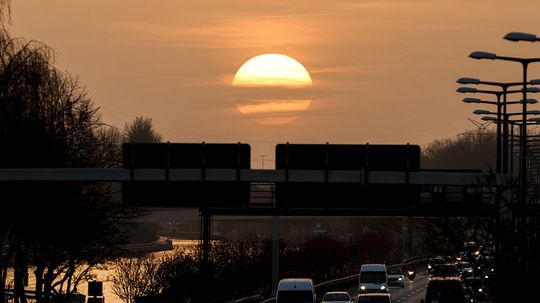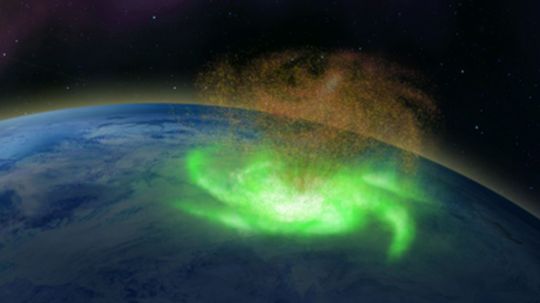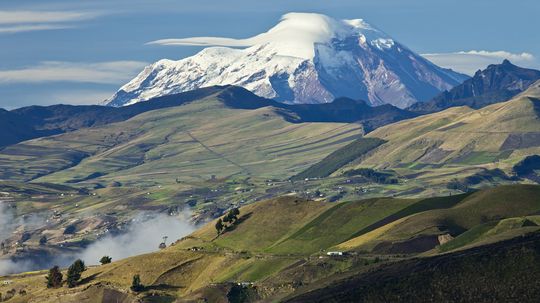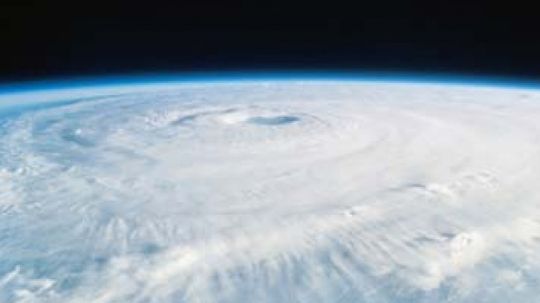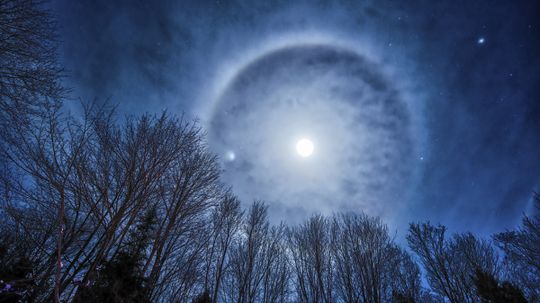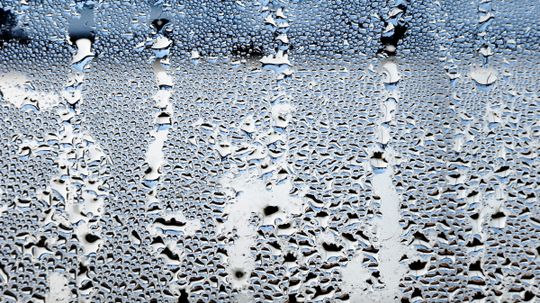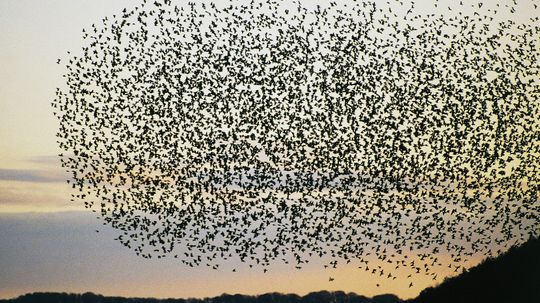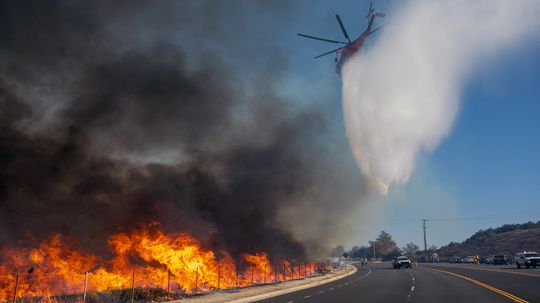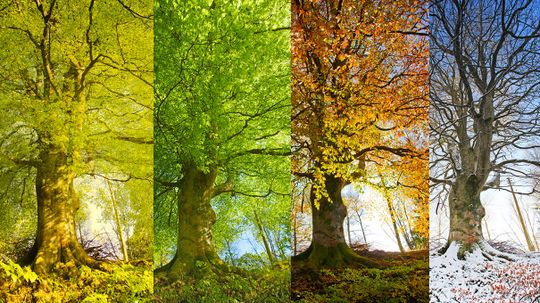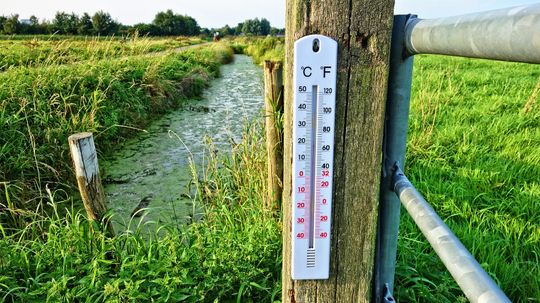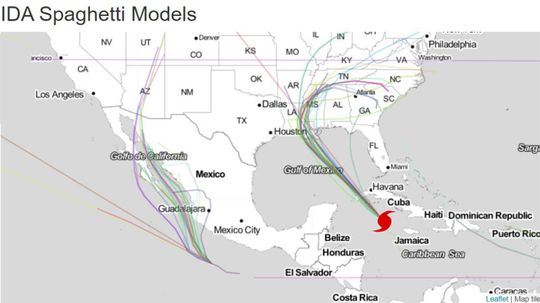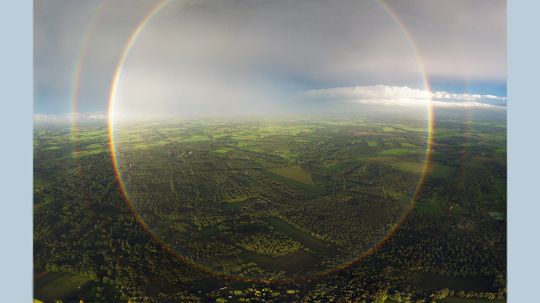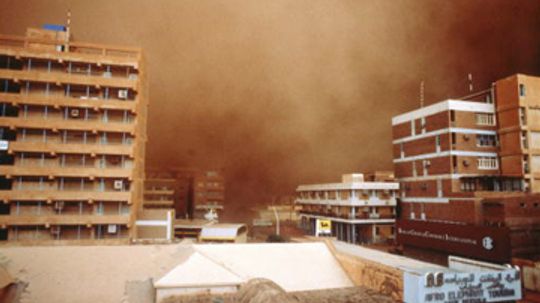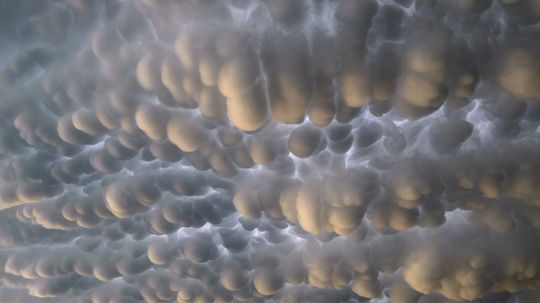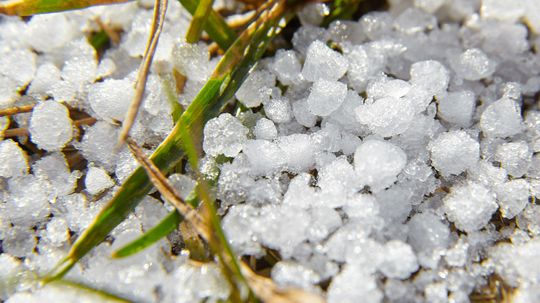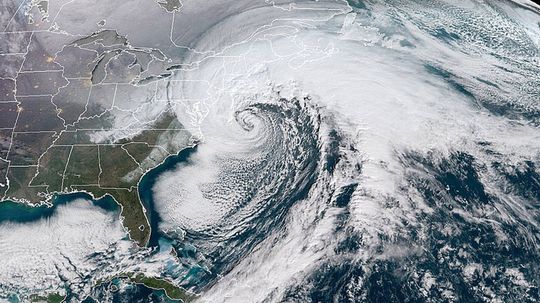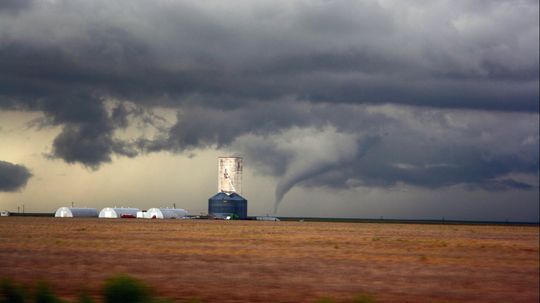Climate & Weather
Atmospheric sciences help us understand and predict the weather. Learn about topics such as the seasons, why it snows, and how rainbows are formed.

The 10 Hottest States in the U.S., Based on 2023 Data

7 of the 10 Hottest Countries in the World Are on 1 Continent
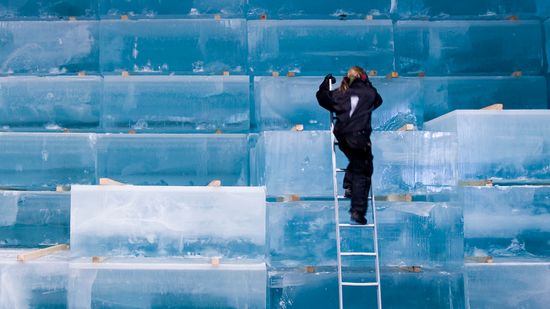
Why Ice Usually Freezes Cloudy, Not Clear

How Is Barometric Pressure Measured and Why?
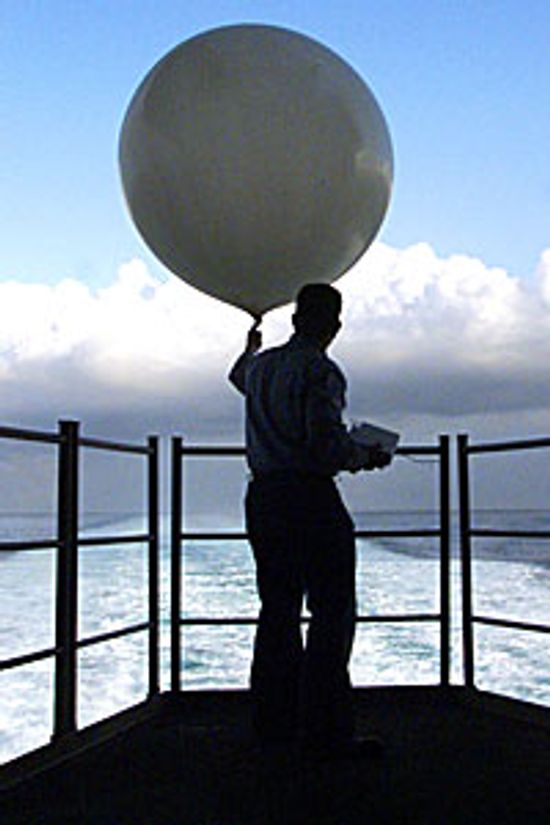
How a Weather Balloon Works?

How the Tornado Intercept Vehicle Works

Can China control the weather?
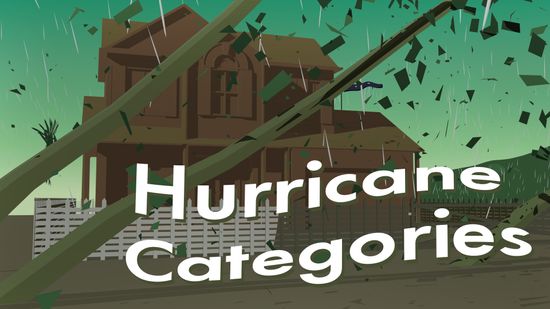
HowStuffWorks Illustrated: Hurricane Categories
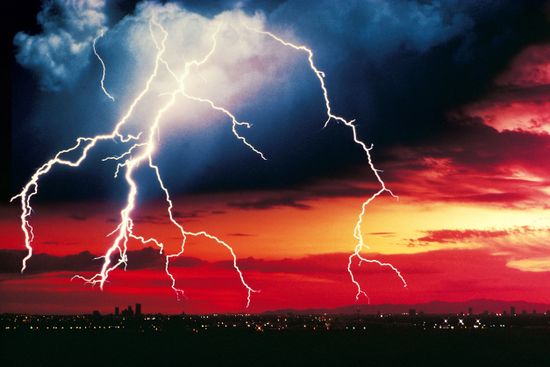
10 Myths About Lightning
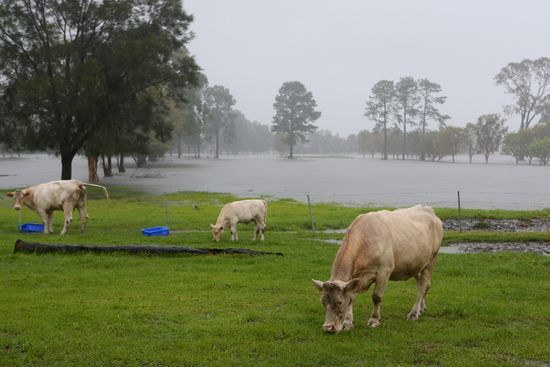
10 Ways Animals Supposedly Predict the Weather
Learn More / Page 4
Dusk is a beautiful time of day. So is twilight. But when does one turn into the other? And did you know there were three versions of each?
Understanding a tornado watch vs. warning is the difference between preparing for a potential disaster or immediately seeking shelter.
By Yara Simón
In 2014, scientists observed a space hurricane for the first time; they reported their findings this year. But what's a space hurricane — and do we on Earth have to worry about with them?
Advertisement
A perfect climate means different things to different people. These 10 countries span the globe and offer a wide range of climates to satisfy any taste -- hot, cold or in-between.
Is hurricane intensity increasing? It all depends on who you ask. How have scientists come to so many different conclusions about the ferocity of these seasonal storms?
We humans have figured out a lot of strange ways to measure the weather. A cricket's chirps can tell us the temperature. The open scales on a pinecone signal a dry spell. But can a ring around the moon really predict rainy days ahead?
It sure would be handy to know what the weather is going to be like for the next year. Unfortunately, there's just one problem: Weather is notoriously difficult to predict. So is the Farmers' Almanac accurate, or is it just blowing hot air?
Advertisement
If humid air is just air plus water, then it has to be heavier than dry air, right? Sure, if it was only a matter of simple addition, but molecular physics is a lot like a bouncer at a club: Nothing gets in unless something else goes out.
If you're in a thunderstorm, then your top priority is safety. It might sound like a good idea to call your loved ones and let them know you're okay, but hold the phone a moment. See those lightning bolts outside? They've got other ideas.
It would be nice if our electronic devices doubled as handy, lightning-proof talismans to ward off danger during a thunderstorm. Sadly, that sounds more like sorcery than science. In the meantime, maybe you should just leave them off and unplugged.
Frogs! Fish! Birds! A surprising number of things have rained down from the sky besides water. But how?
Advertisement
These annual winds blow during Southern California's dangerous dry season, whipping up wildfires that can ravage thousands of acres.
By John Donovan
The four seasons experienced by Earth's midlatitude regions are being gradually altered by global warming — but a climate expert says they won't completely go away.
While most of the rest of the world has switched to Celsius, the U.S. continues to use the Fahrenheit temperature scale, apparently out of simple inertia.
Spaghetti models plot the potential tracks of tropical storms and hurricanes from different meteorological organizations onto one map. The resulting visual helps project how likely the forecast track will be.
Advertisement
The simple explanation is you have to be in just the right spot and the conditions have to be perfect for you to see the entire 360 degrees.
By Mark Mancini
Have you ever wondered how weather stations gather all of their data? Even though technology for predicting the weather has improved, simple weather balloons do a lot of the hard work every day.
Though they're outranked by other, more dangerous natural phenomena, dust storms can still do serious damage to life and property. What causes these massive storms?
Mammatus clouds, which are made from falling air instead of rising air, are one of the most spectacular cloud formations you'll ever see.
Advertisement
Not to be confused with sleet, graupel is actually an interesting mix of snow and ice. But it's not hail. Graupel, get to know it.
Bombogenesis is a phenomenon in which the atmospheric pressure in the middle of a low-pressure system drops rapidly, intensifying a storm and creating a bomb cyclone.
Weather forecasters can tell what the weather will be by reading the barometric pressure, but how does it work?
By Dylan Ris
California has experienced unprecedented rain lately, but the state is still in a drought. So why can't the rain falling now be saved for later?
Advertisement
Bluebirds symbolize optimism, happiness and hope for the future. For skiers, a "bluebird day" bodes well for a great day on the slopes, but hunters and anglers may as well stay home.
Where is tornado alley and why do so many tornadoes form there?
